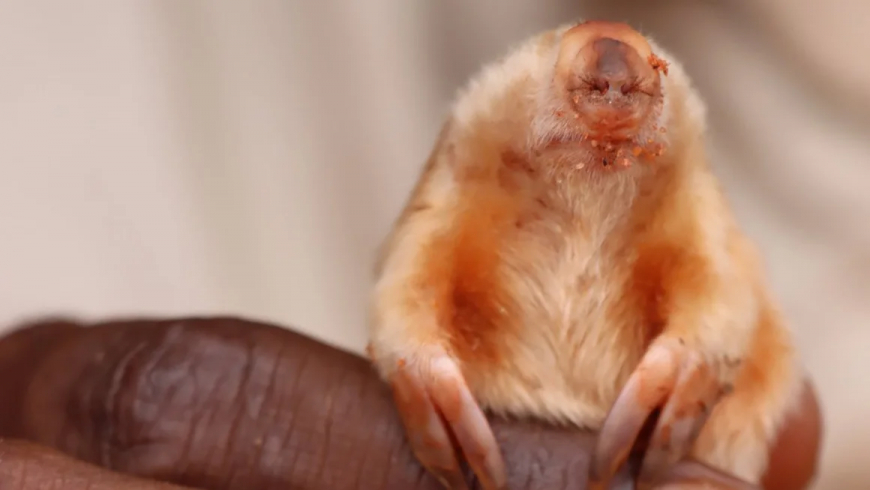Ultra-rare, bizarre-looking blind mole photographed in Australia

A rare, blind mole, about which scientists know relatively little, has been spotted and photographed in Australia, Kanyirninpa Jukurrpa – an indigenous organization that deploys rangers – said as it announced the “incredible news.”
The northern marsupial mole was spotted in Martu Country, an area in northern Western Australia traditionally owned by the Martu – a group of Australia’s indigenous people.
Rangers there came across the elusive mole, marking the second sighting in just six months for an animal that typically only has five to 10 reported sightings every decade.
Also know as a Kakarrarturl, the marsupial mole is blind, with poorly developed eyes. It is covered in silky fur and has long, triangular claws protruding from its forefeet for digging beneath the soil, where it hunts grubs and earthworms.
About 10 centimeters (four inches) long, it has a snout and stubby tail.
Its close relative, the southern marsupial mole, is slightly bigger, at about 18 centimeters (seven inches), and found in central Australia.
Joe Benshemesh, a marsupial mole expert and researcher at the National Malleefowl Recovery Group, called them “arguably the world’s most burrow-adapted mammal” in an article published in Australian Geographic, as they have evolved to withstand the harsh temperatures of the desert.
They spend most of their time underground, only occasionally coming to the surface and staying there for a short time, explaining their elusiveness.
Weighing just 40-60 grams (1.4-2.1 ounces), “marsupial moles have such modest oxygen requirements that they subsist by breathing the air that flows between sand grains,” Benshemesh wrote.
But much about the creatures is still unknown, making any sighting incredibly exciting for researchers.
The last reported sighting of a marsupial mole was in June near Uluru in central Australia.

 Phương Nhung
Phương Nhung 





